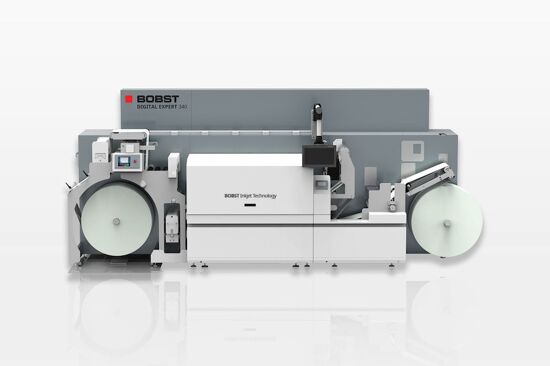The circular economy and material efficiency

Laurel Brunner discusses the circular economy and its underlying principles from the Advisory Committee on Environmental Aspects.
We hear a lot about the Circular Economy most of it quite confusing for printing companies and print buyers. However, we recently came across a comprehensive explanation of the Circular Economy and its underlying principles. It was provided by the Advisory Committee on Environmental Aspects (ACEA) which helps the International Electronics Committee with environmental matters. Solange Blaszkowski chair of the ACEA says that 50 million tonnes of electronic waste go to landfill annually and that over 75% of the earth’s surface shows signs of degradation “mostly due to human doing”. The Circular Economy is about fixing that and ensuring sustainable growth for a rising global population.
According to the Ellen MacArthur Foundation, a Circular Economy is a “systemic approach to the design of processes, products (including services) and business models, enabling sustainable economic growth by managing resources effectively as a result of making the flow of materials more circular and reducing and ultimately eliminating waste”. A bit long-winded perhaps, but the general idea is to design out waste and pollutants in order to keep materials in use, reduce the use of raw materials and regenerate natural resources. Making the most of material resources and reducing waste volumes is becoming increasingly acute.
The Circular Economy principles fit in well with the 17 United Nations Sustainable Development Goals, 12 of which link to the management of natural resources and to how we produce and consume goods and resources. Industries should be reusing, reducing and recycling as much as possible and should follow the four building blocks of a Circular Economy. It starts with having the right business model, such as paying for use of resources or services instead of owning them outright. In the graphics industry, we see this in practice with printing plate manufacturers, for instance, selling plate coatings rather than the plates, and collecting the used aluminium for recycling. A more drastic idea would be for press manufacturers to rent time on their machines, rather than selling presses for use by printing companies. This sounds terrifying for many in the business of providing printing services. But perhaps it might make sense for manufacturers to deploy a host of advanced technologies more efficiently and profitably without depending on conventional sales models.
A Circular Economy requires circular product designs with reuse capacity built-in. Products should be designed to last, be repairable and their components reused in new products. Such products should be easy to disassemble, and incorporate standardised parts with comprehensive supply chains for collection. None of this works without proactive governments, policies and regulation that applies locally and works efficiently. The most challenging piece of the puzzle is of course changing consumer behaviour and expectations. This takes education and incentives as well as international cooperation.
In practise the principles of material efficiency, intrinsic to a circular economy, apply to all industry sectors. We should be using less, producing products that last longer and that can be reused, refurbished or recycled as much as possible. And all this should come without the use of further resources, which takes more energy and creates inefficiencies.
When it comes to waste, recycling should really be a last resort because it can require further resources, including some new ones, and extra energy. For the graphics industry, once materials can no longer be recycled, their most efficient use is for energy recovery. This may seem counter-intuitive, but if the resources required to recycle printed matter are greater than the benefits of incineration for energy production, that should be the preferred option. A Circular Economy is complex with multifaceted social, economic, political, resource and environmental dimensions. But complexity is no reason to ignore it.
You can see the whole ACEA presentation here.
Source Information: This article was produced by the Verdigris Project, an industry initiative intended to raise awareness of print’s positive environmental impact. This weekly commentary helps printing companies keep up to date with environmental standards, and how environmentally friendly business management can help improve their bottom lines. Verdigris is supported by the following companies: Agfa Graphics, EFI, Fespa, Fujifilm, HP, Kodak, Miraclon, Ricoh, Spindrift, Splash PR, Unity Publishing and Xeikon.
Topics
Interested in joining our community?
Enquire today about joining your local FESPA Association or FESPA Direct
Recent news

WrapFest returns to Silverstone amid vehicle customisation boom
WrapFest, the dedicated show for the vehicle and surface decoration community will return to the prestigious Silverstone Race Circuit this year, running from 3-4 October 2024.

Opportunities for large formt printers in labelling
Nessan Cleary shares how labelling can present a unique opportunity for large format print suppliers who are looking to grow and diversify their business.
.png?width=550)
